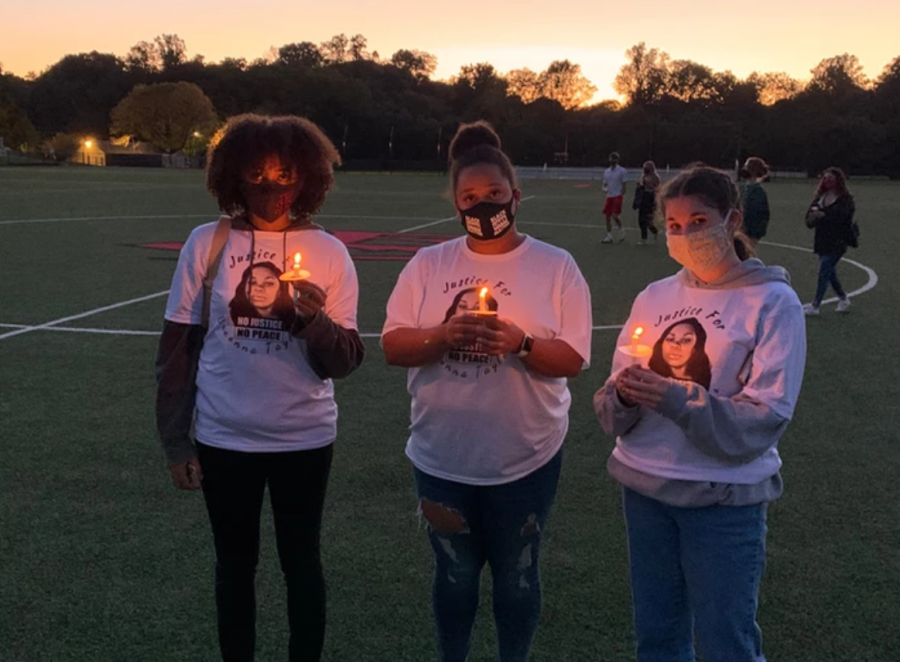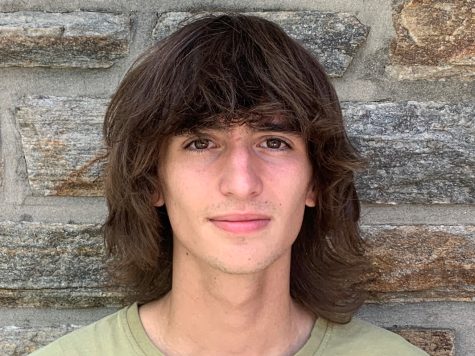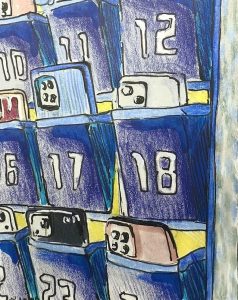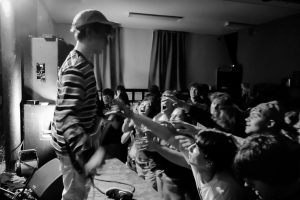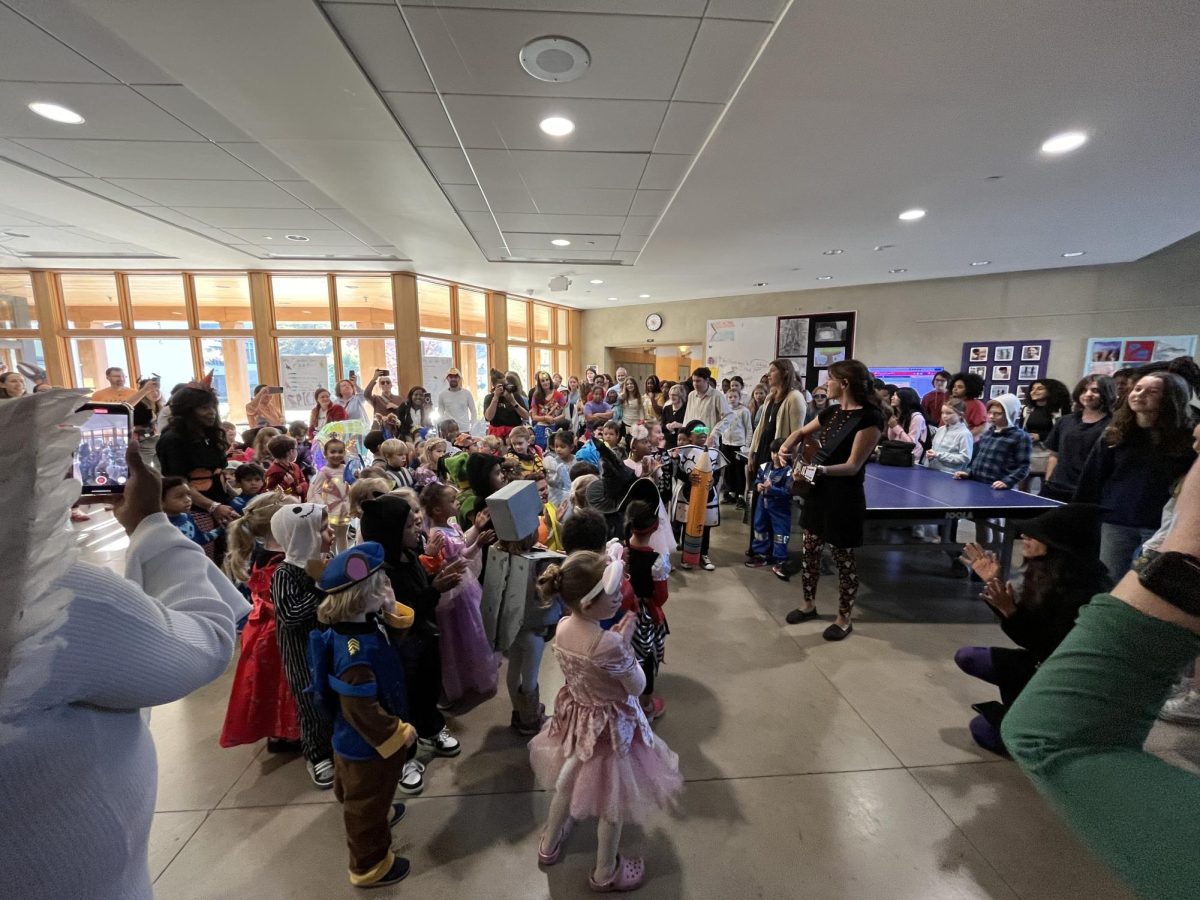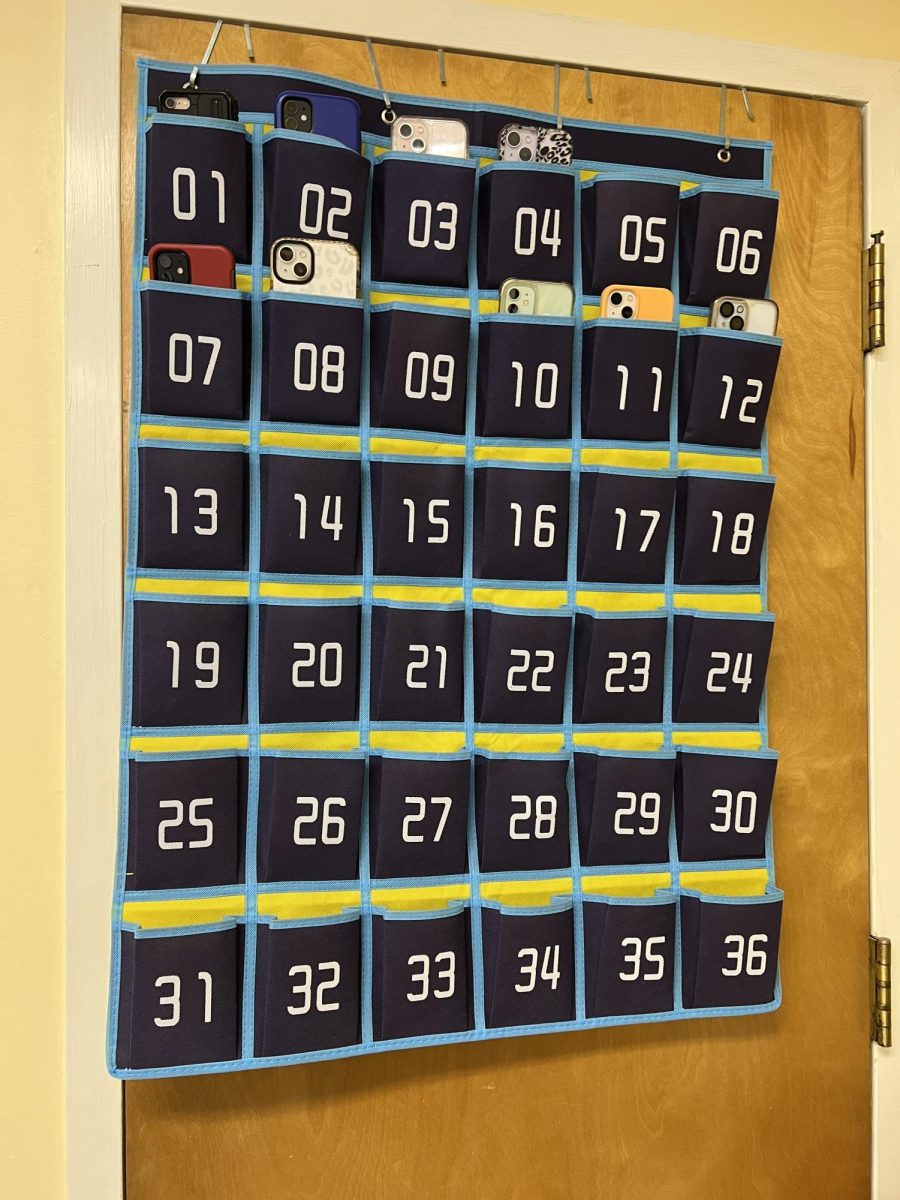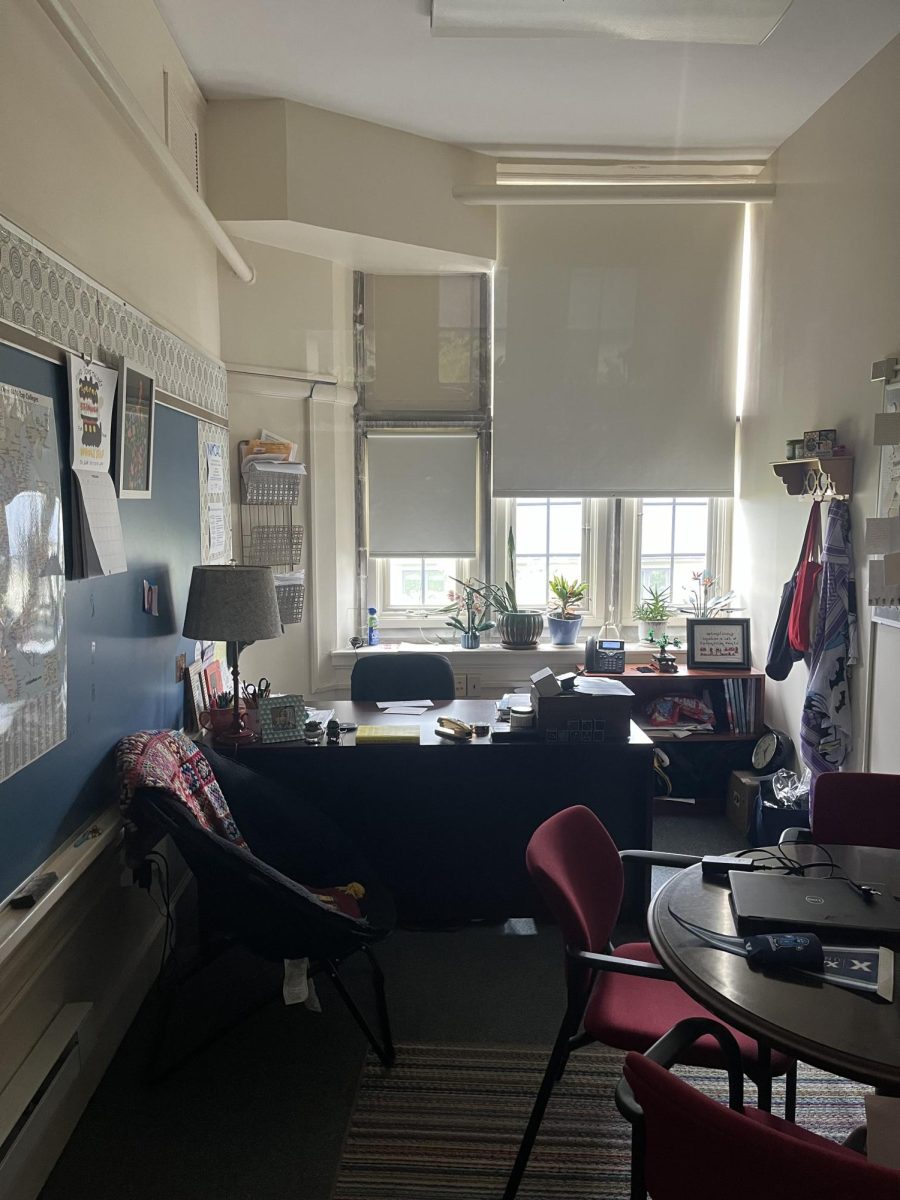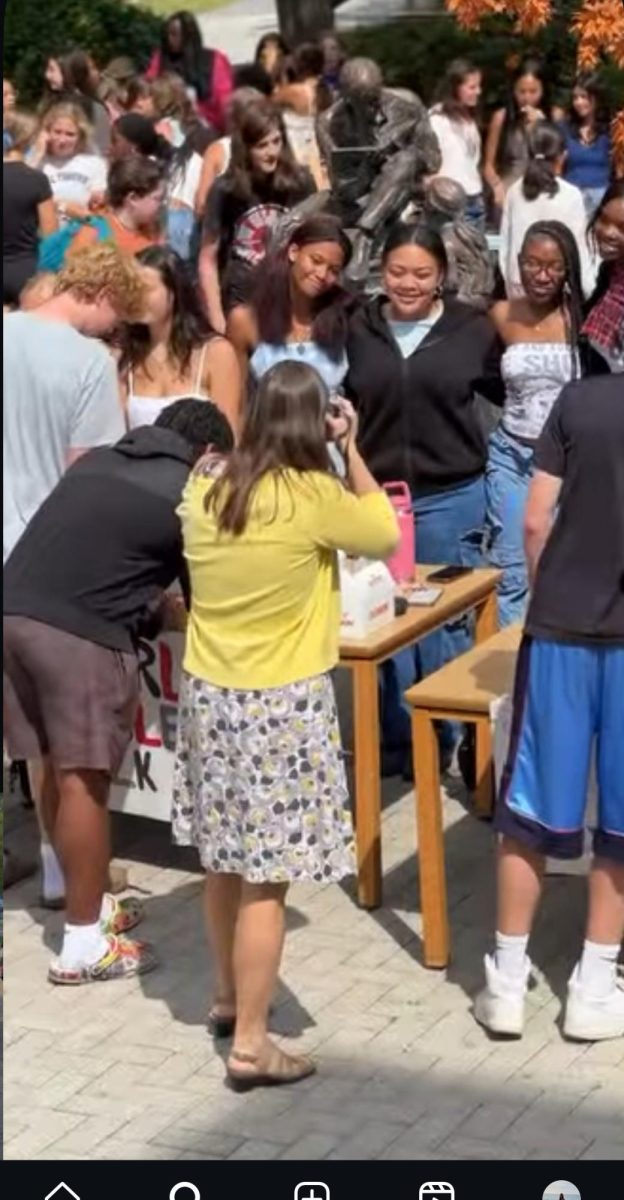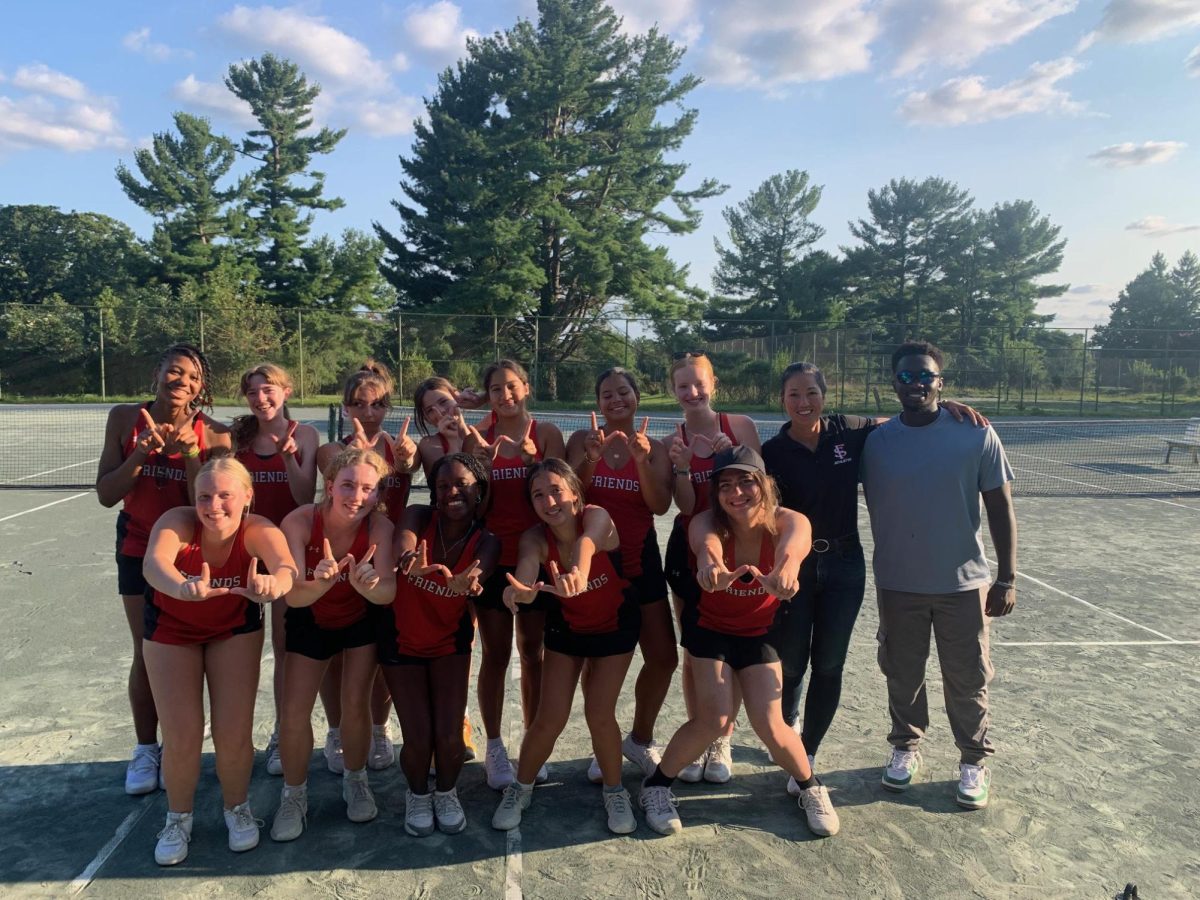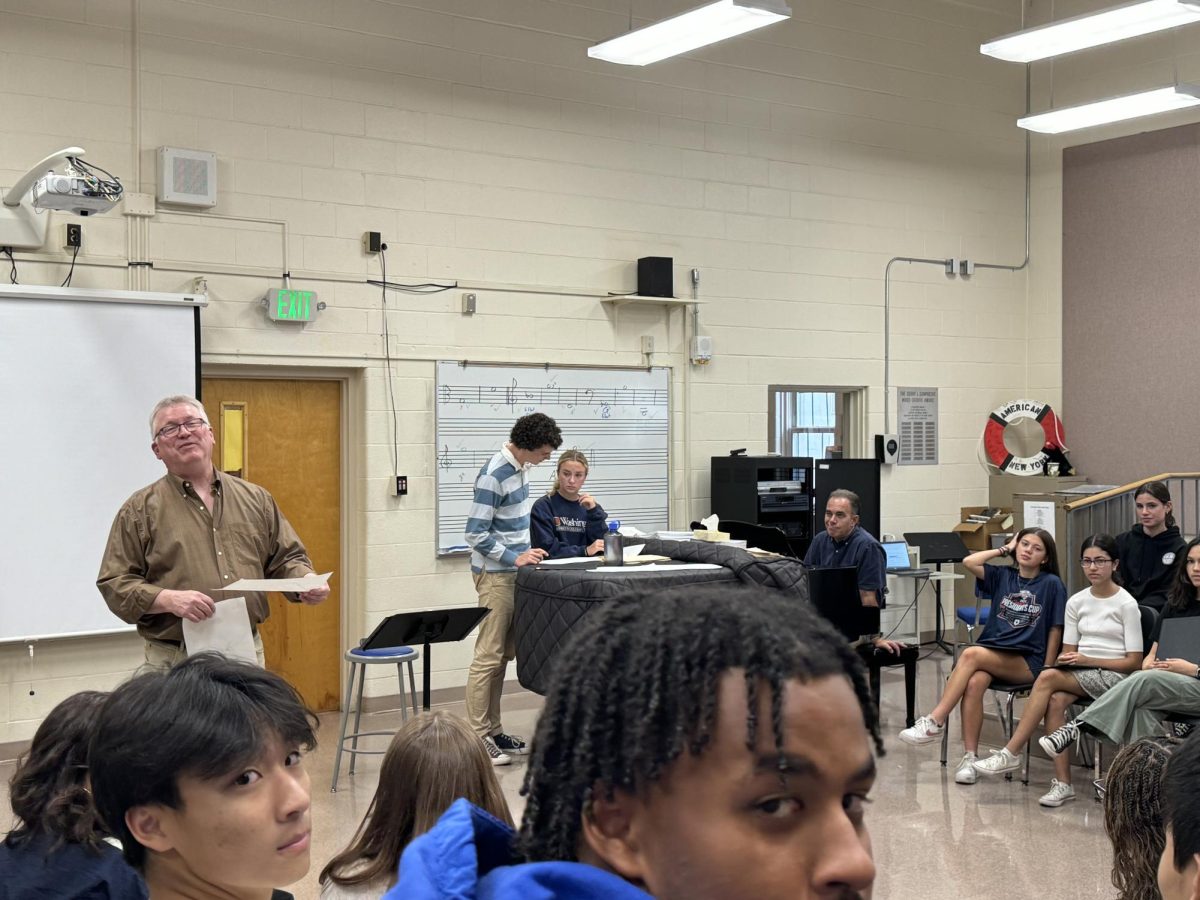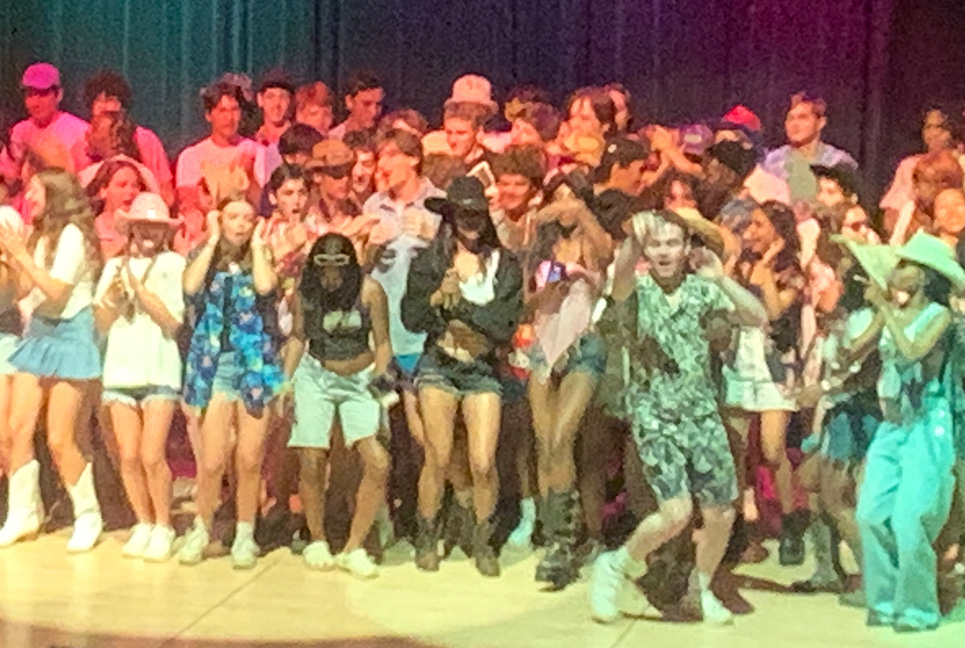From Black Lives Matter to Belarus: 2020 in Protests
Close to home and across the world, this year’s protests against police brutality had surprising parallels
Students Amina West, Kayla Kurtz, and Bryce Carlin attend a vigil on the Friends campus for police shooting victim Breonna Taylor: a peaceful commemoration in a summer when many protests were met with violence.
December 14, 2020
Protests have sparked across the world this year. Since the killing of George Floyd by Minneapolis police on May 25th, the United States has seen protests all across the country against police brutality and racism. Since August 9th, Belarus has had protests alleging government corruption and election fraud, and calling for the resignation of Alexander Lukashenko, the incumbent leader.
Despite the protests being over 4,500 miles apart and being sparked by very different events, they feel very similar in some ways. In both countries, large portions of the population have protested, with as many as 27 million people all over the US attending demonstrations, and nearly five percent of the population of Belarus, or 500,000 people, participating.
What’s happening in Belarus?
The protests in Belarus began following the presidential election there on August 9th. The results of the election concluded with Lukashenko winning 80% of the vote, and the main opposition frontrunner, Svetlana Tikhanovskaya, with only 10%. But Ms. Tikhanovskaya and her fellow opposition members refuse to concede defeat, saying that Mr. Lukashenko had rigged the elections in his favor, and Tikhanovskaya had in fact won 60-70% of the vote. The Eastern European country has since seen regular protests against Lukashenko, often drawing over 100,000 people.
In response to the large demonstrations, Lukashenko’s government dispatched riot police and soldiers equipped with tear gas, rubber bullets, stun grenades, water cannons, and truncheons to control the protests. On just the first day of demonstrations in Minsk, they arrested 3,000 people.
Of the over 10,000 people they eventually arrested, a concerning number have been beaten, some so badly they had to be sent to the hospital. Protesters have filed hundreds of complaints and reports against police, accusing them of torture, threats, abuse of power, and even rape.
Despite these risks, demonstrations continue to draw tens of thousands, and Sunday protests have drawn as many as 200,000 protestors. Along with increased numbers, protesters have responded to police violence with violence of their own (including Molotov cocktails thrown at security officials).
As protests have continued, Belarusian authorities have begun deporting, arresting, or forcing out many major protest organizers and members of the Coordination Council, a group formed by the opposition leaders to facilitate a democratic, peaceful transfer of power.
Surprising parallels
These police tactics had surprising parallels in the US over the summer, when demonstrators in Portland and other cities faced many documented incidents of police violence. In both the Belarusian and American protest movements, protesters faced walls of riot police carrying truncheons, firing tear gas and rubber bullets, and throwing stun grenades into crowds of largely peaceful protesters. Both movements have seen police abuse, with journalists targeted on occasion, and some protesters beaten so badly they had to be hospitalized. Some have even been killed.
Raman Bandarenka was a professional soldier and painter from Belarus who died after he was detained by police in Minsk. Protesters, and even the EU, have condemned Belarus for his death, citing reports that he was beaten to death by plainclothes officers after he confronted them about taking down white and red ribbons, which have become a symbol of the protests. Belarusian authorities deny this, saying he was intoxicated and got into a fight with civilians. Thousands gathered in Minsk for Raman’s funeral on November 20th.
Violent presidential rhetoric
The presidents of both the US and Belarus have used similar rhetoric when talking about protests in their countries. Both leaders have praised the police’s actions, and have hurled insults at protesters. While denouncing the legitimacy of the movements, Lukashenko called the protests in his country a western plot to try and overthrow him; he called the protesters rats. US President Donald Trump has called protests in his country a “coup attempt.”
“Black Lives Matter is a Marxist organization,” he said in an interview with Fox News in August, referring to the growing nationwide movement against police violence, of which black Americans are disproportionately the victims. The president has repeatedly called protesters anarchists, agitators, rioters, and looters.
Despite the actions of police and leaders in both countries, protests continue. BLM demonstrations are still going on across the US. In Belarus, a Sunday protest on November 22nd had tens of thousands marching through the streets of Minsk.
It’s worth noticing that the loser of the US presidential election is echoing the same sentiments as a notorious Belarusian autocrat. Not many Friends students may be familiar with what is going on in Belarus, but the actions of their leader, and the parallels to our own, can help us understand what is happening in the US.

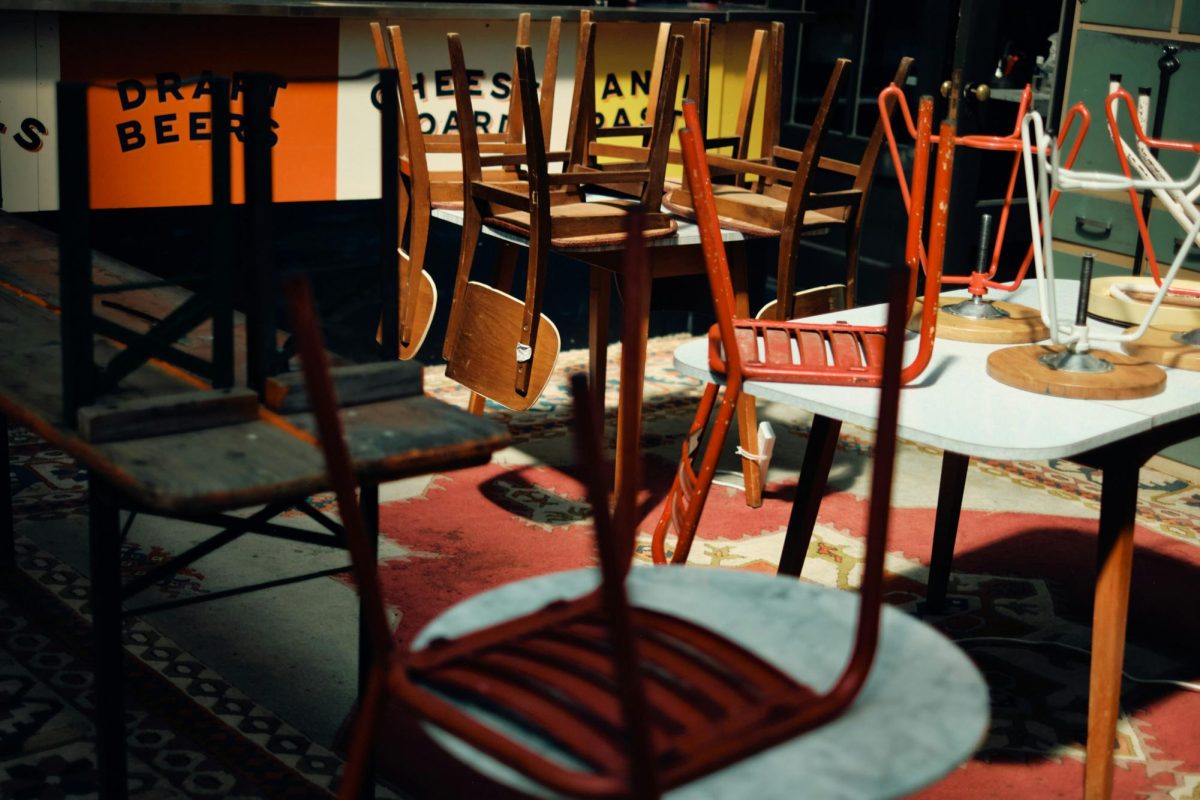
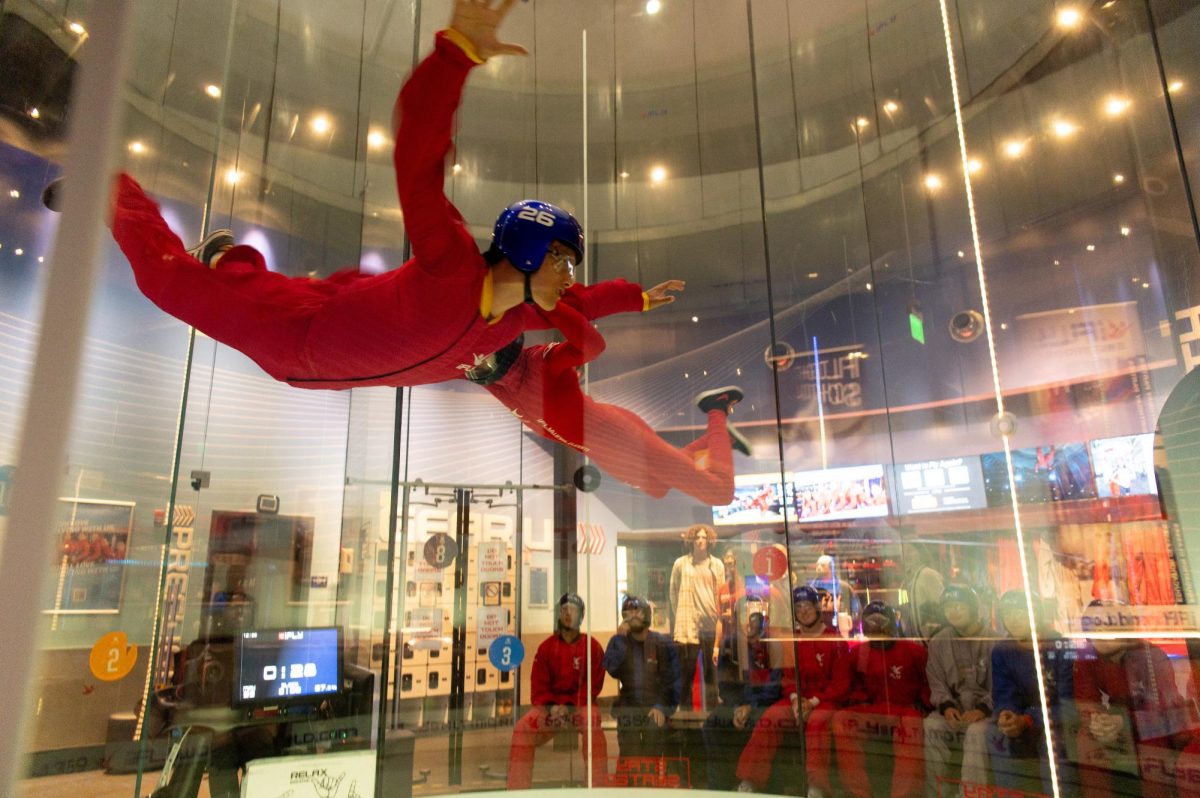
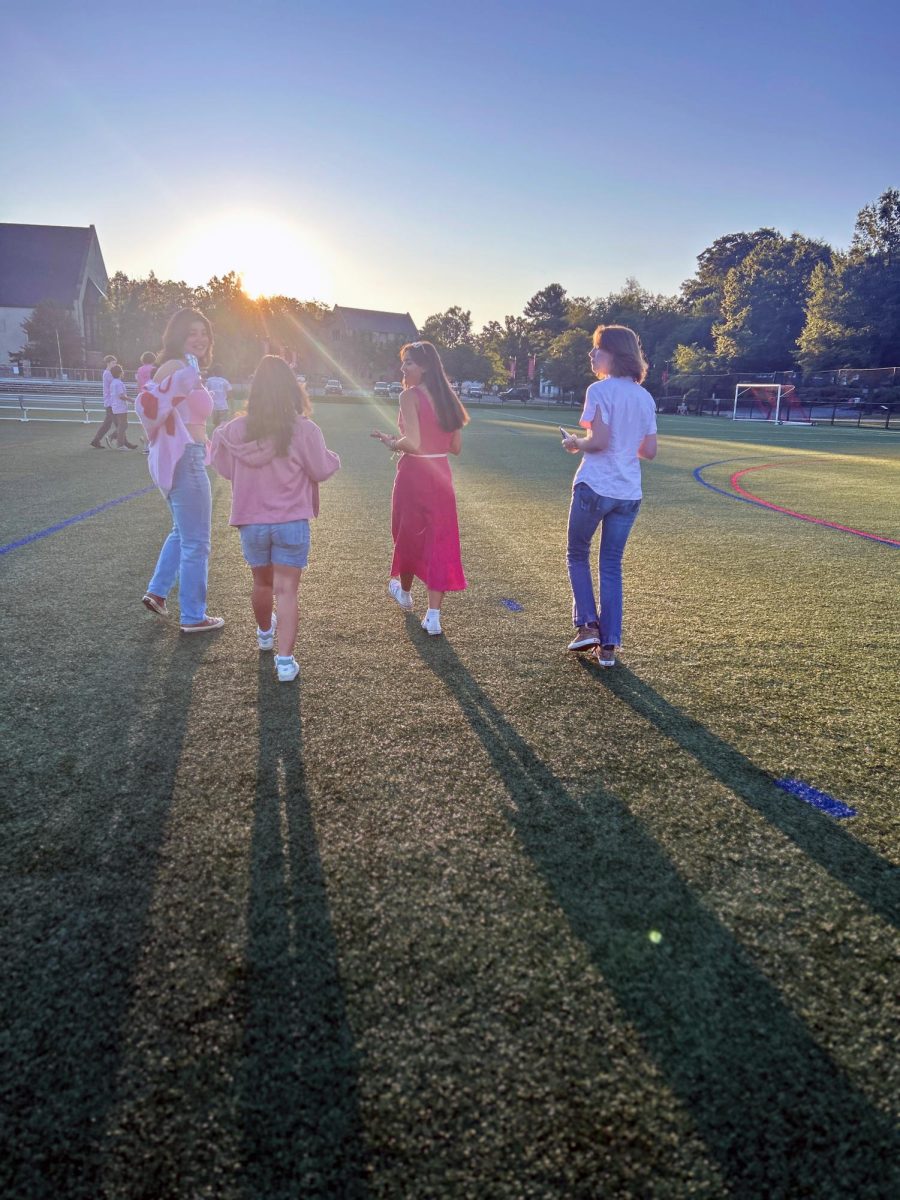

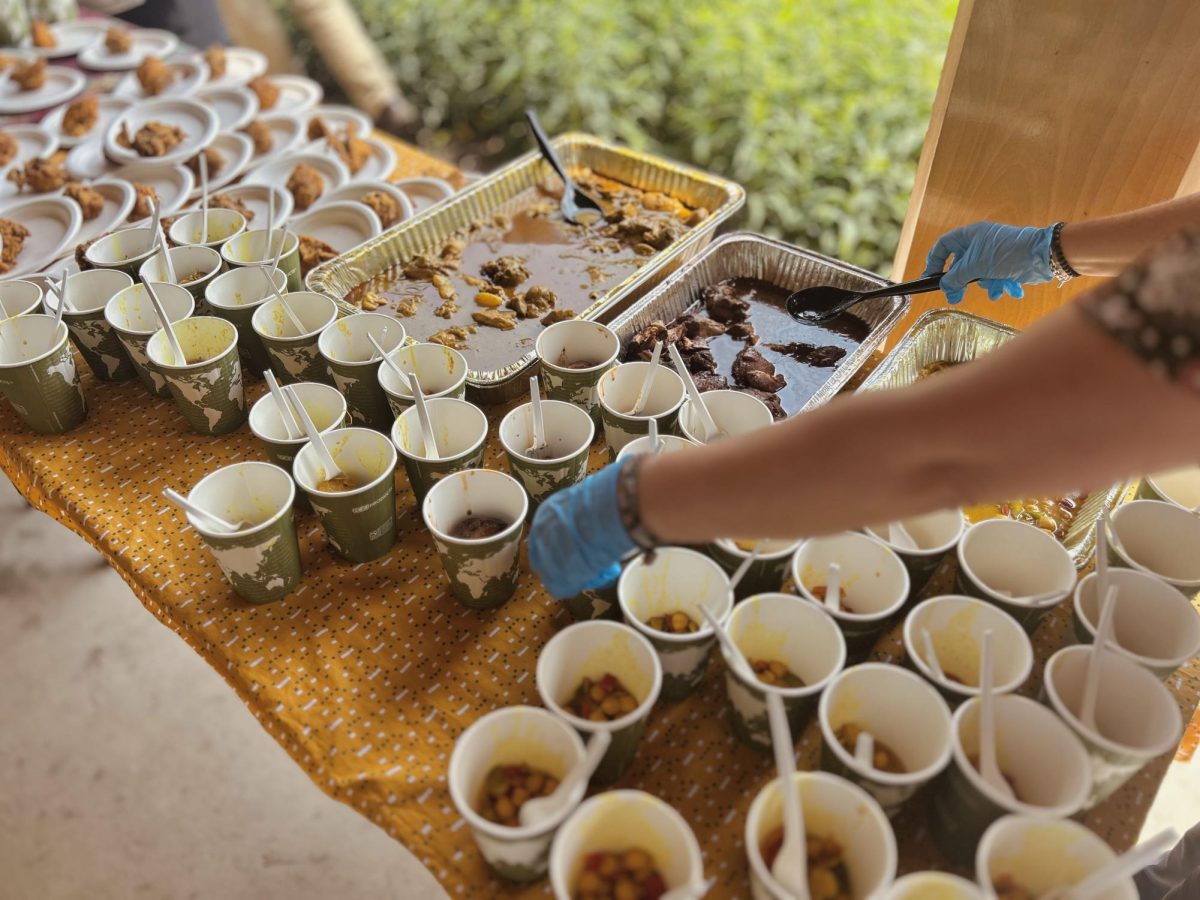


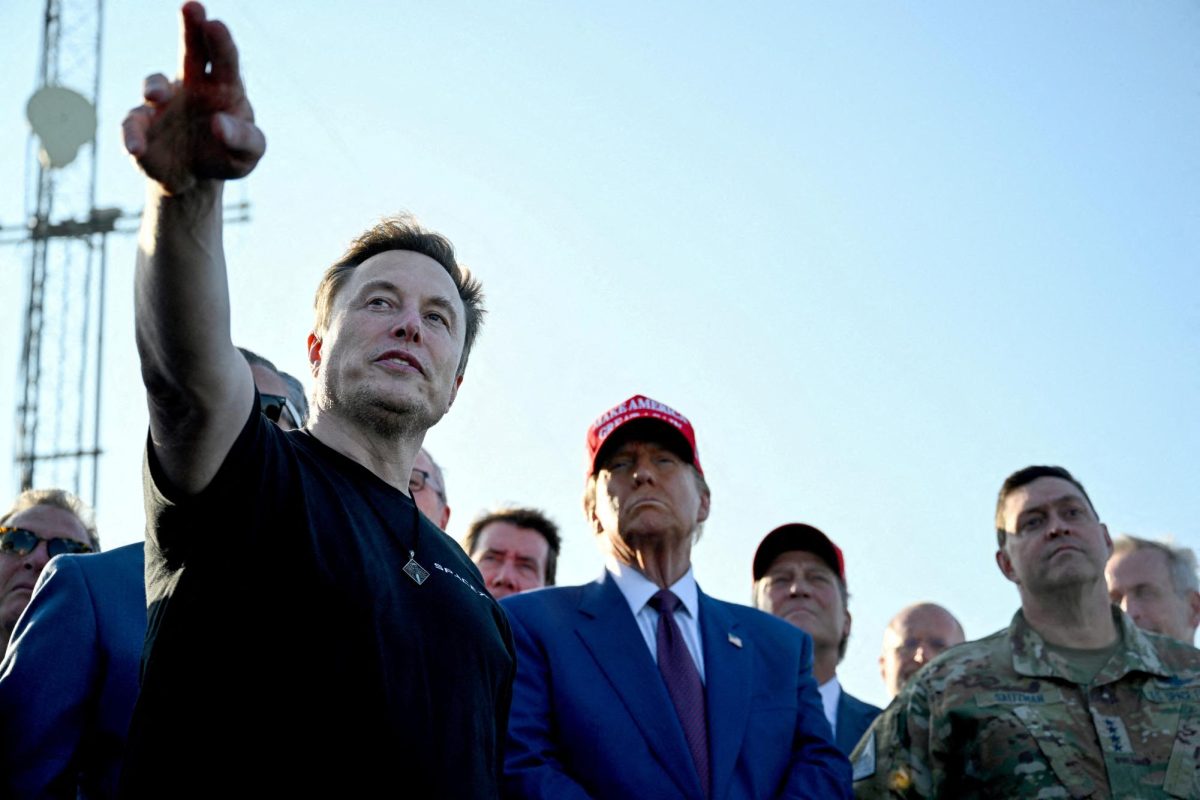
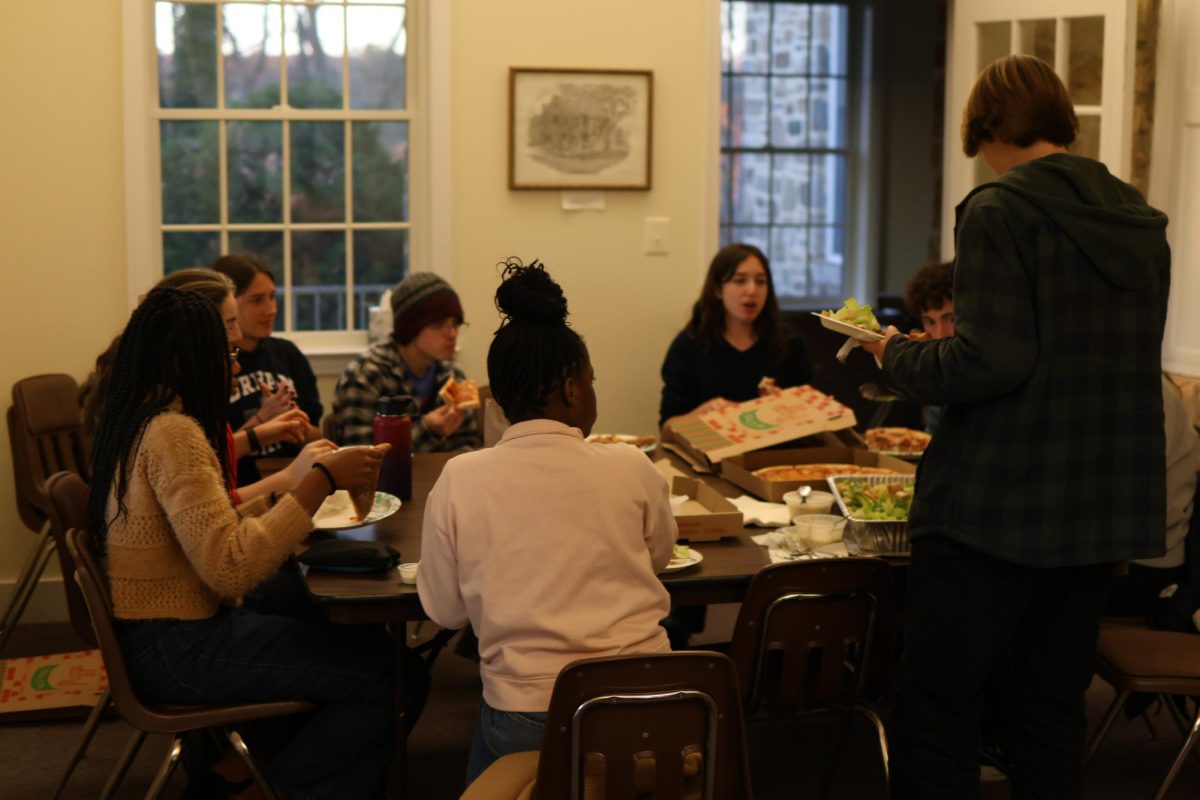
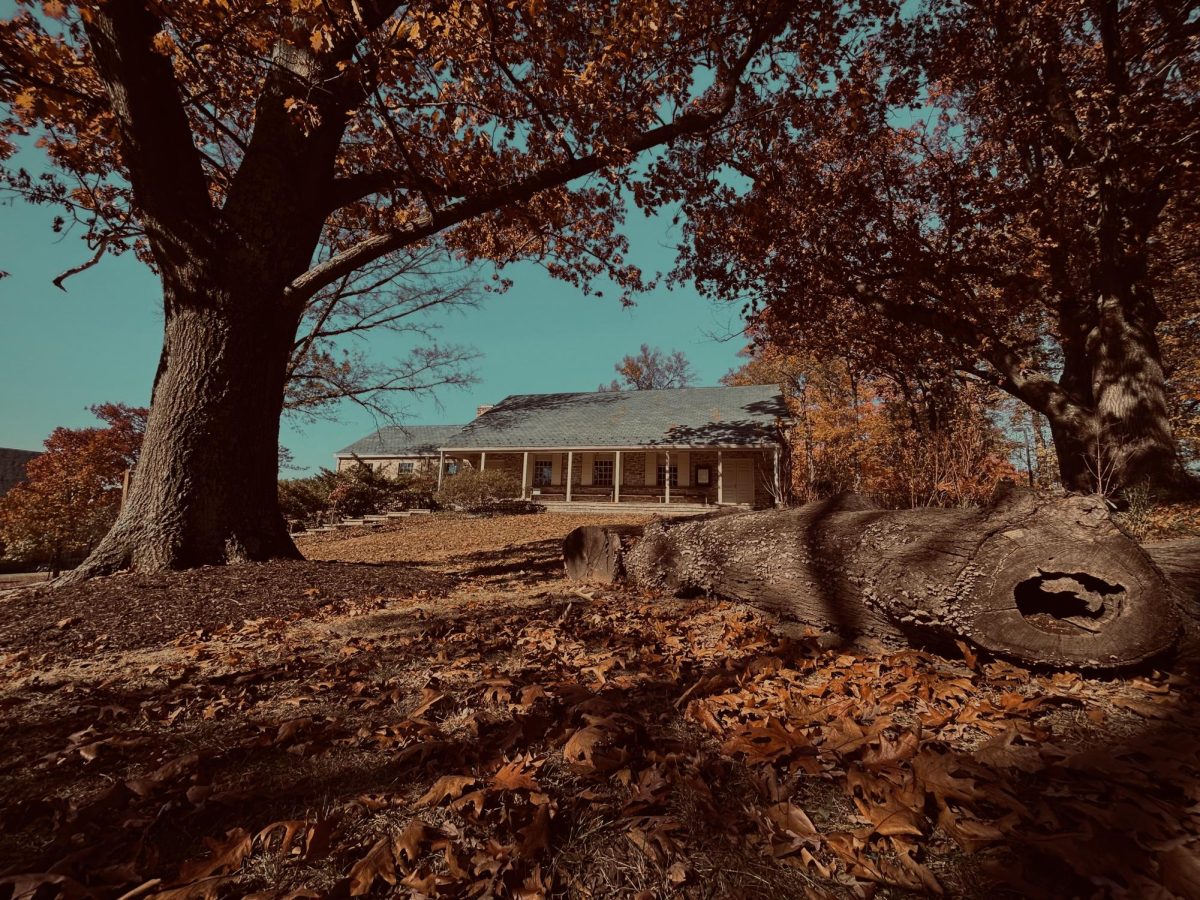
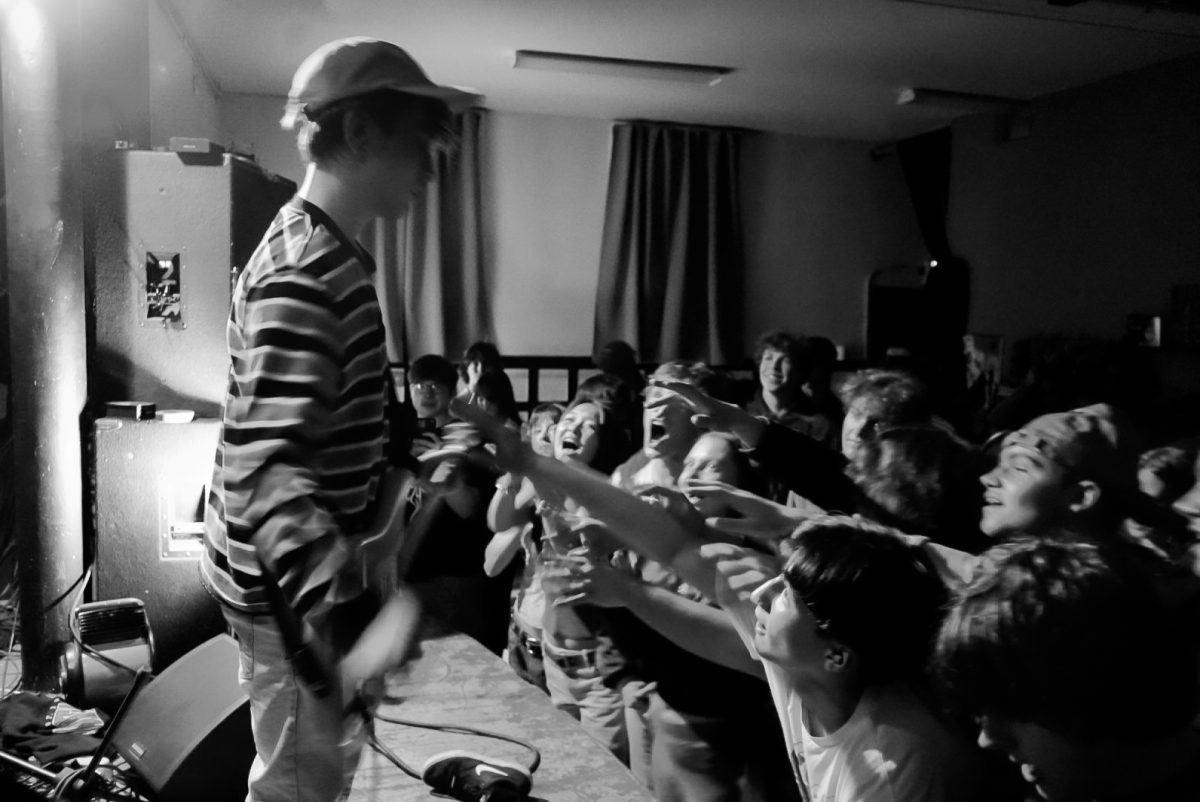

![How Freestyle Club Began [Podcast]](https://thequakerquill.org/wp-content/uploads/2025/05/charly-alvarez-Jv9untmB7G4-unsplash-1200x800.jpg)
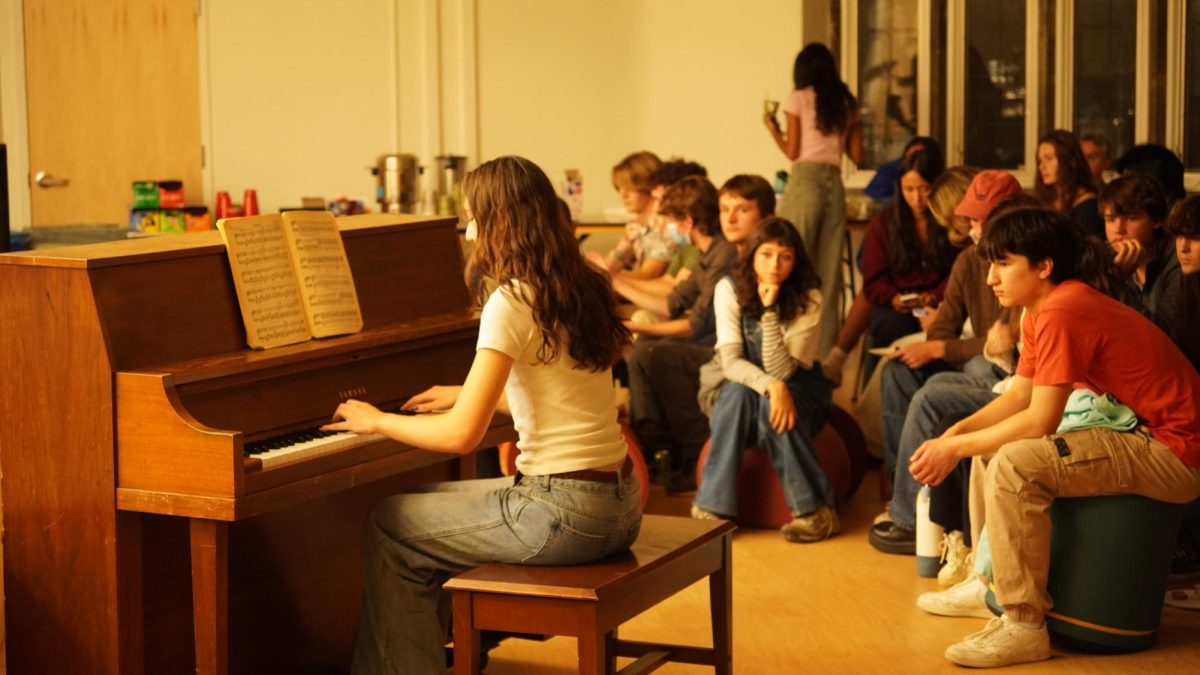
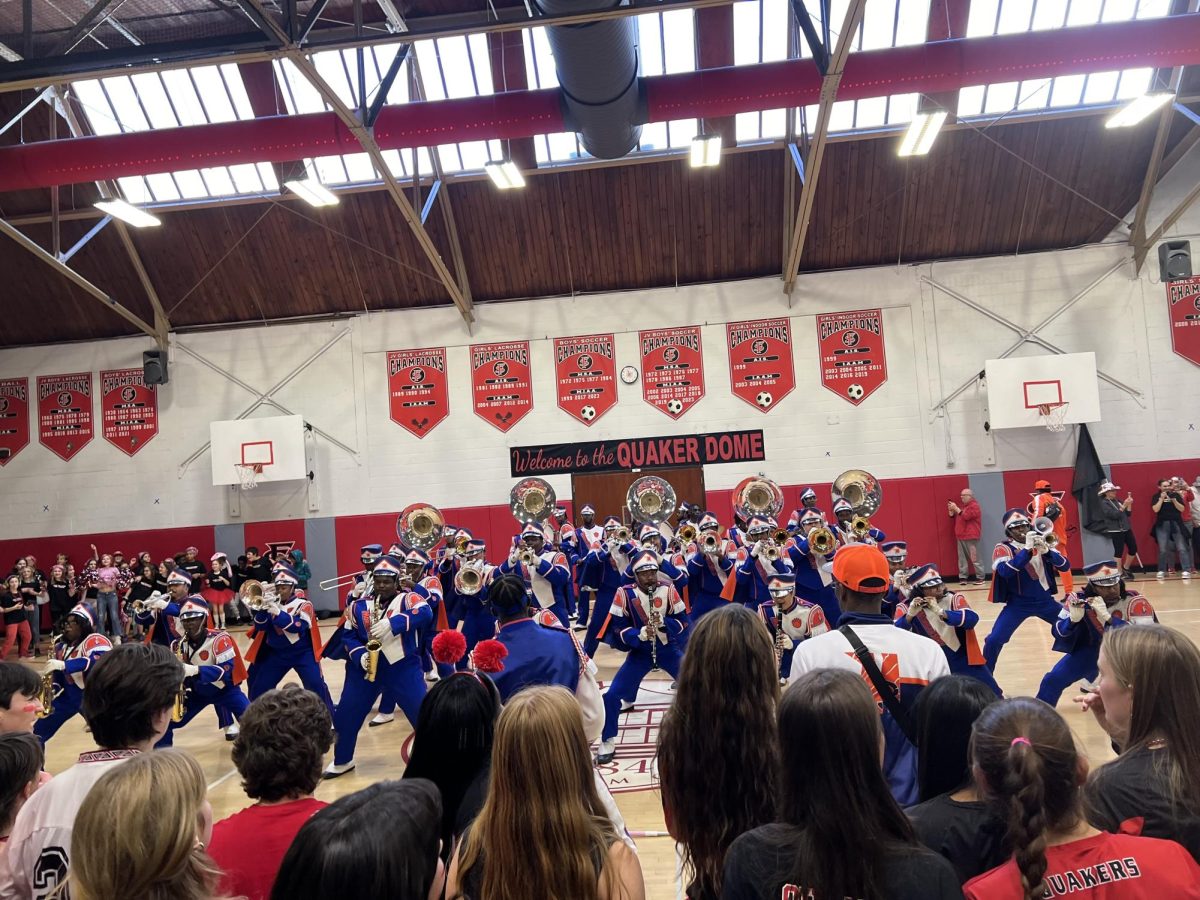
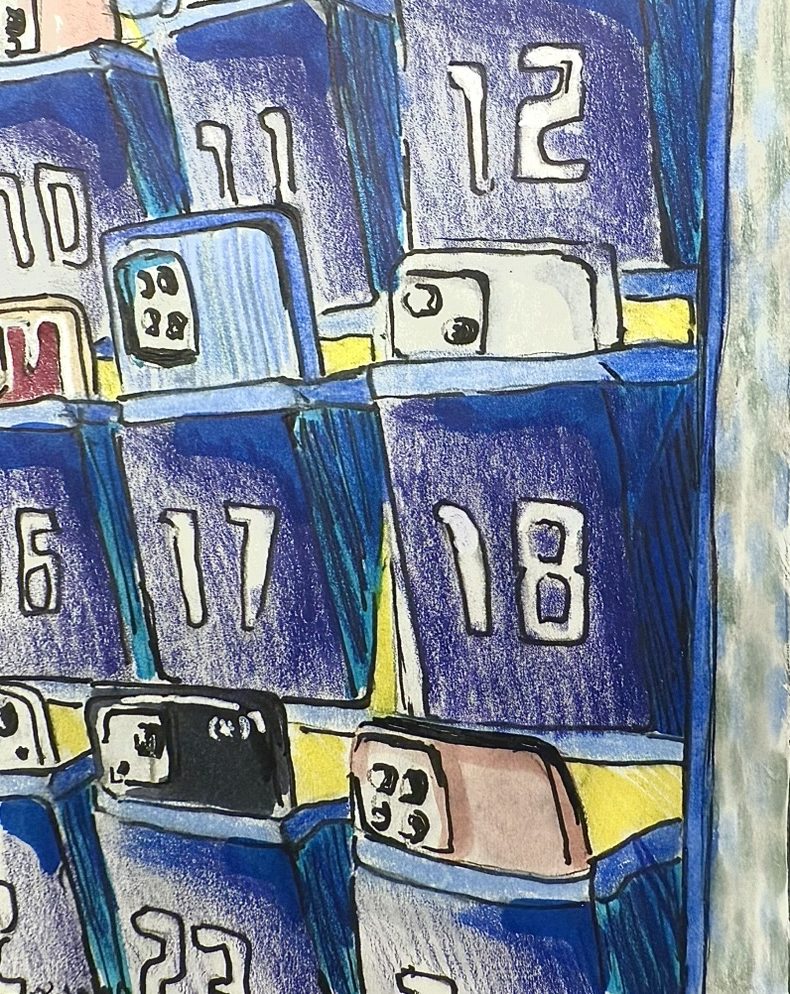
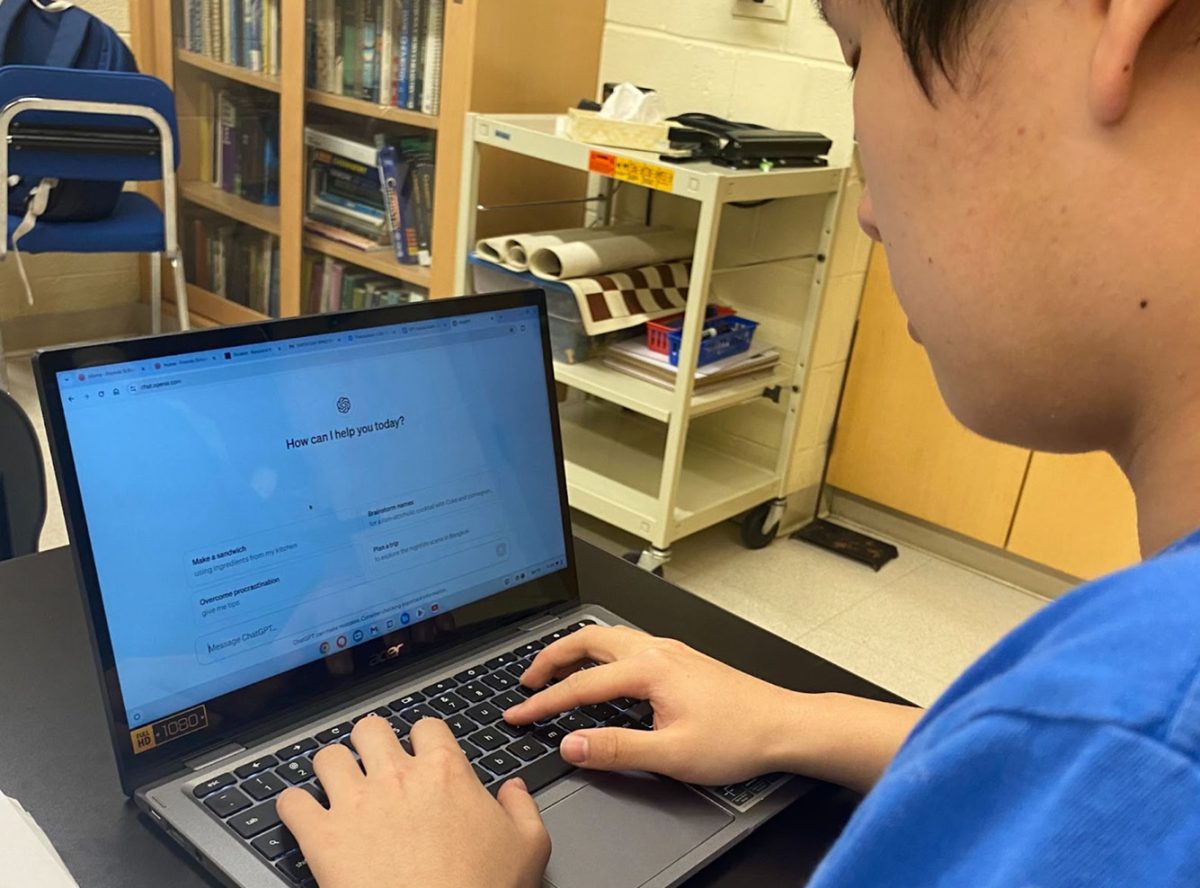
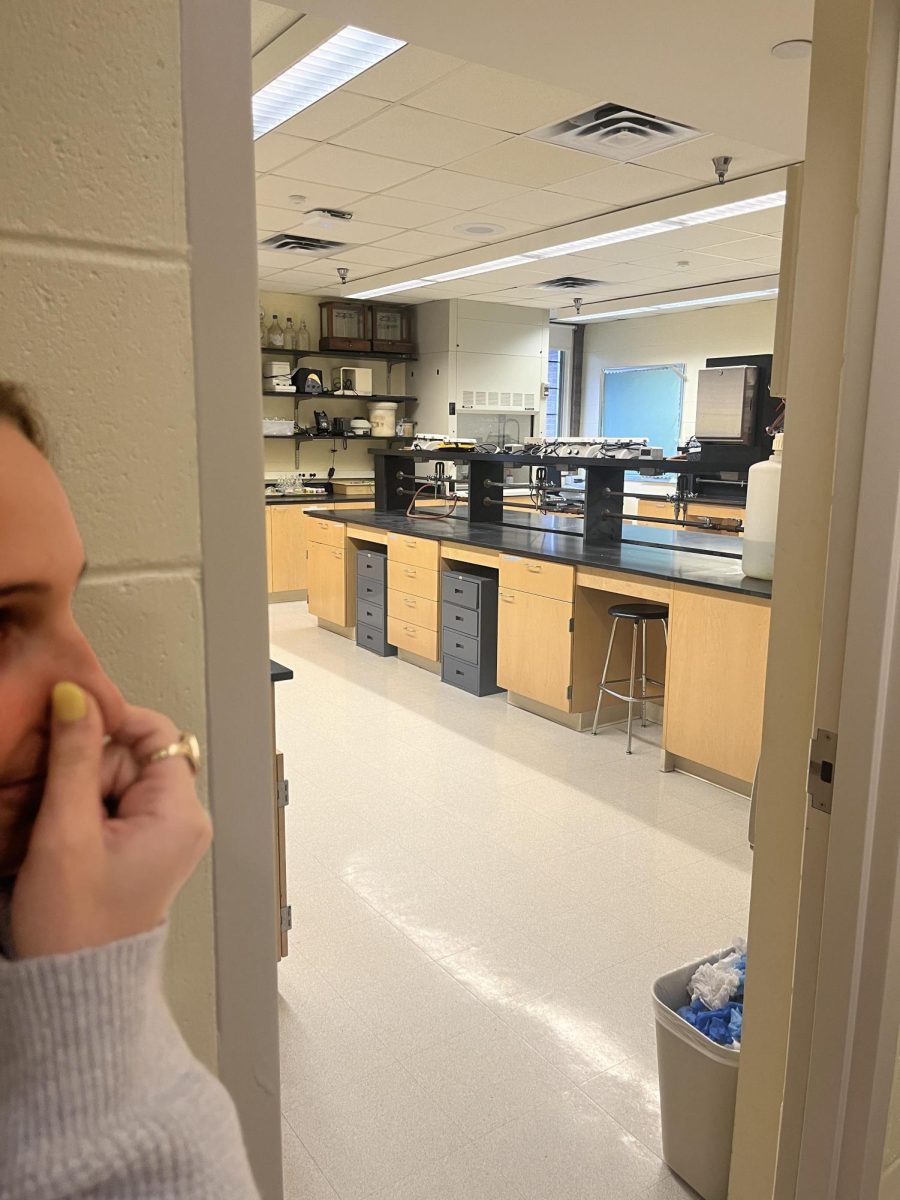

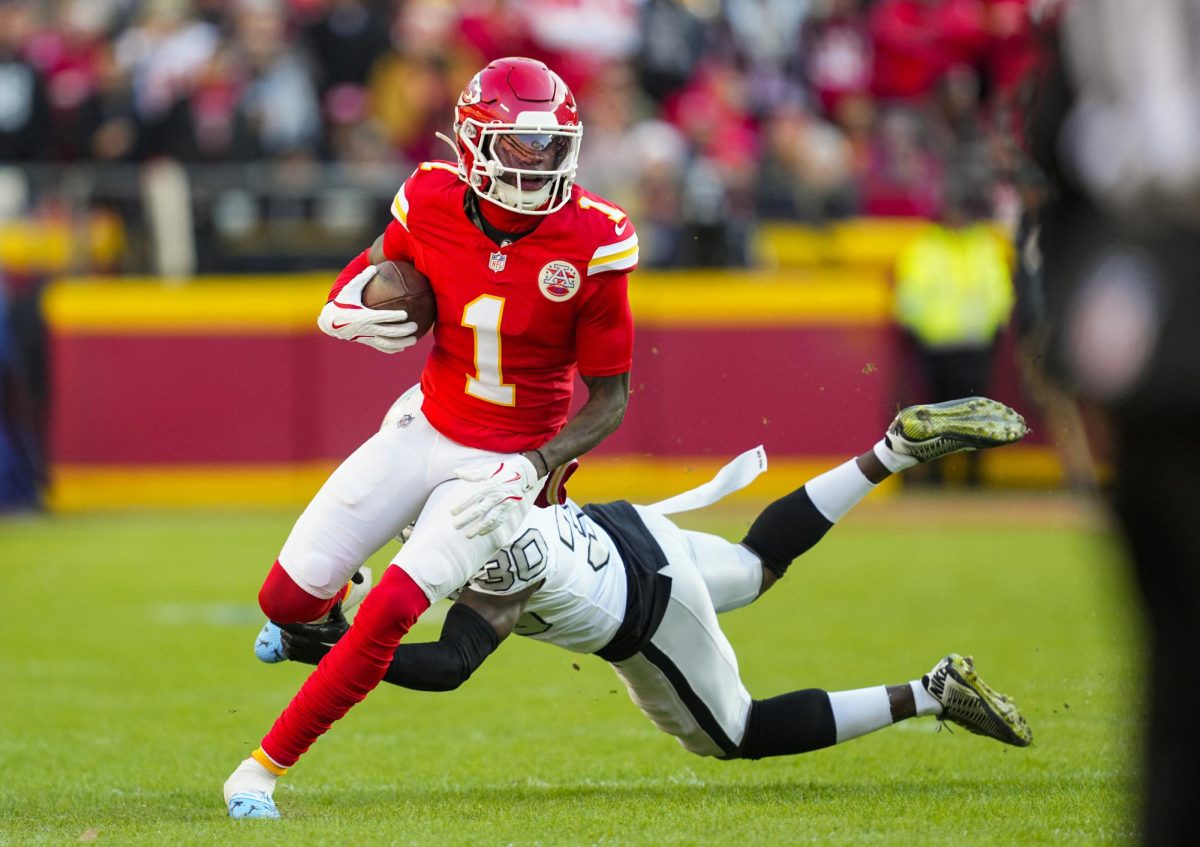
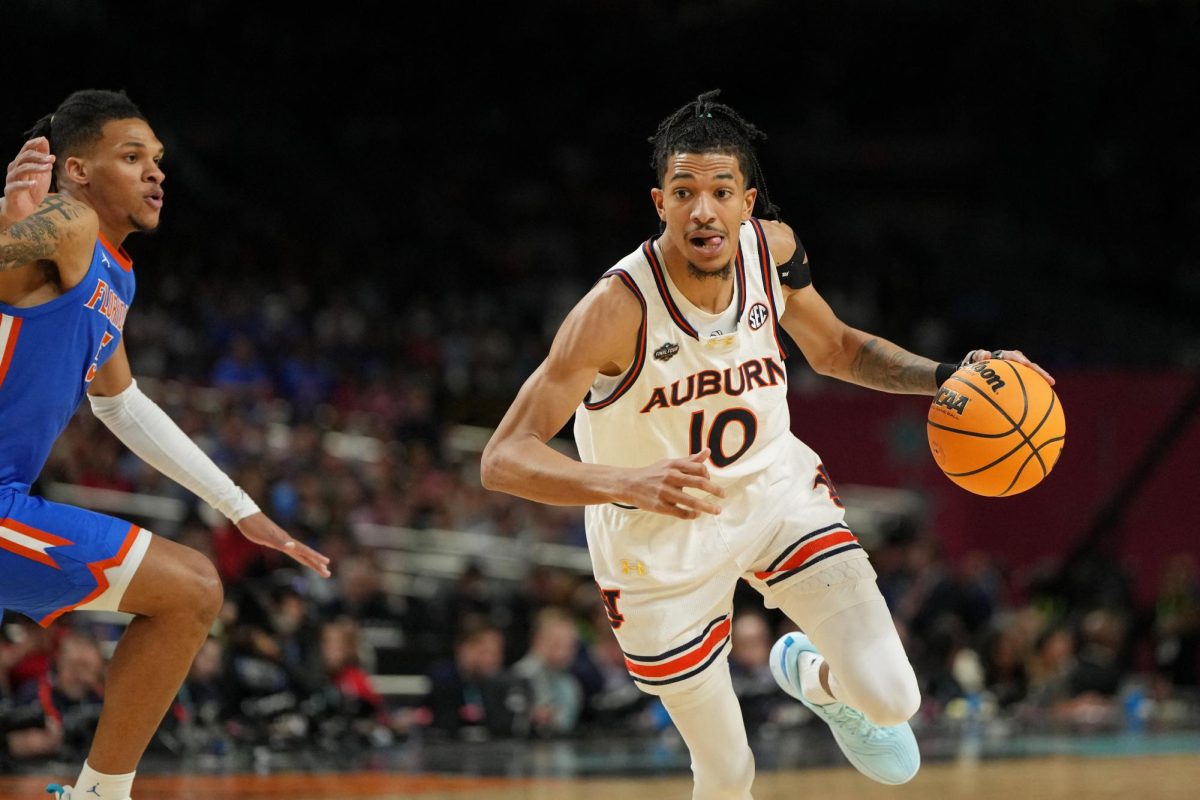
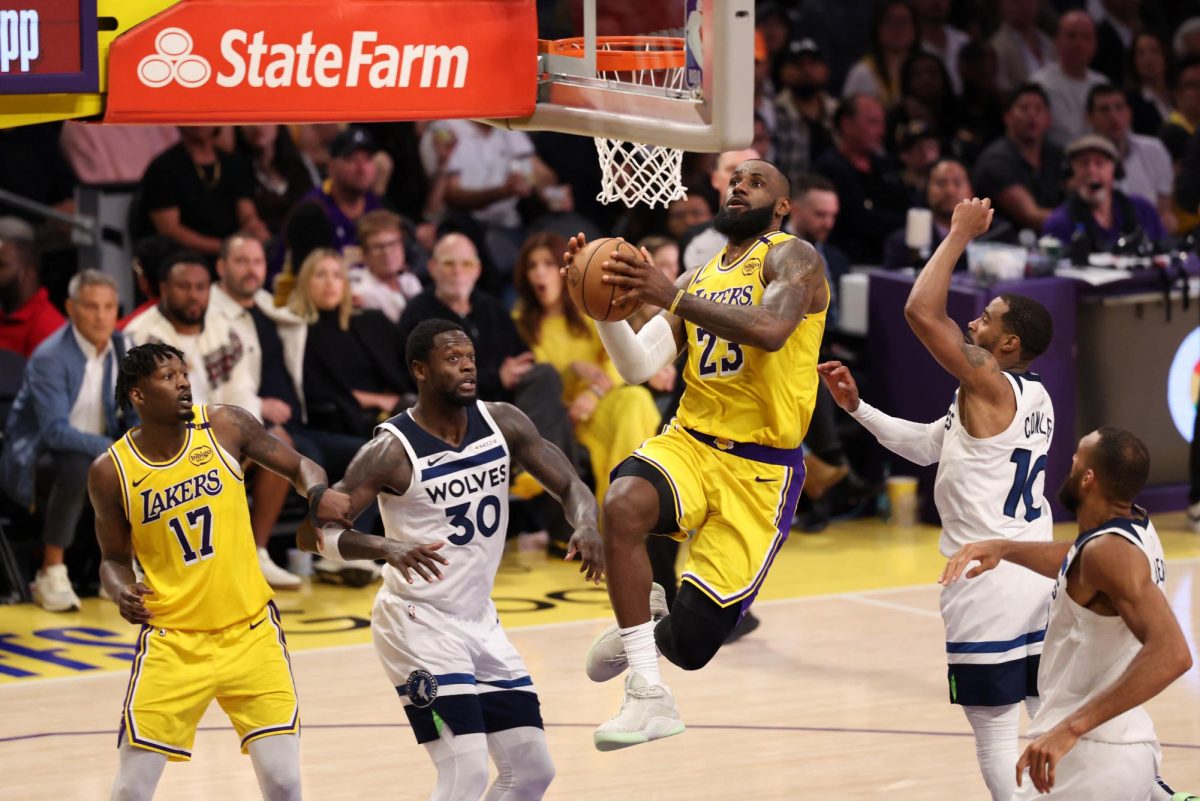
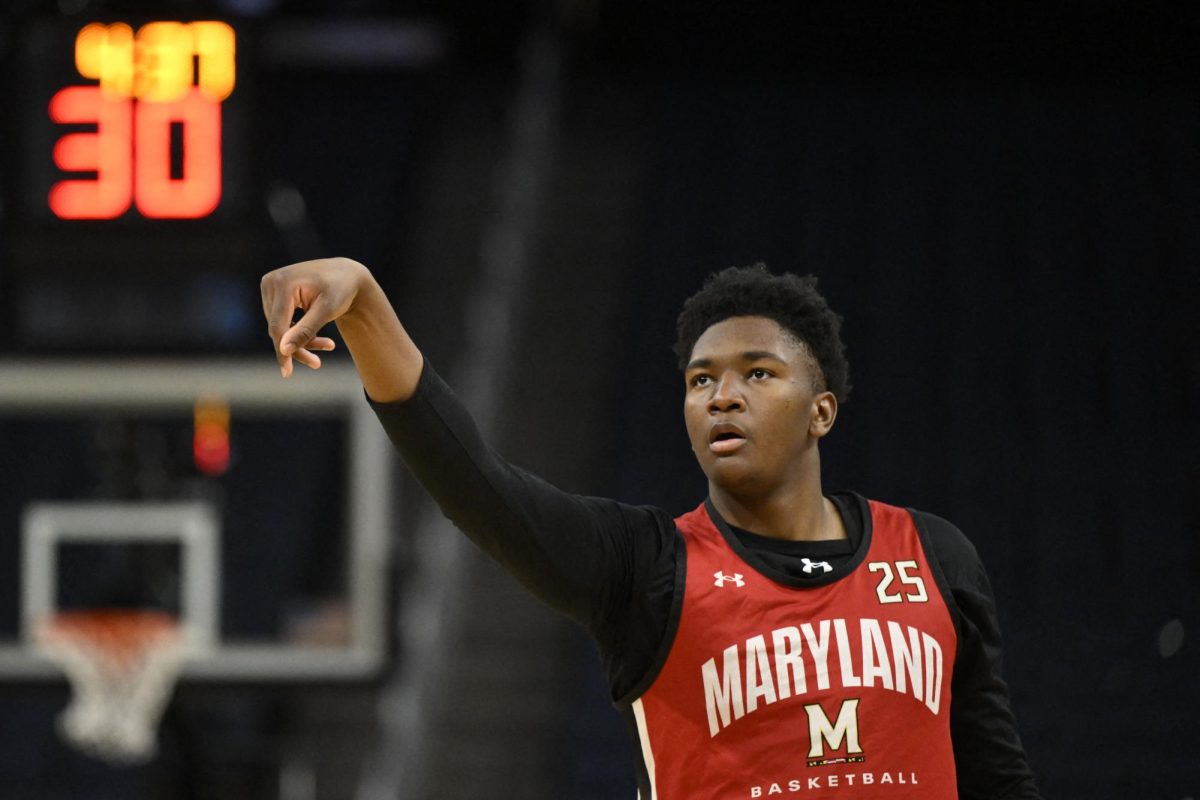
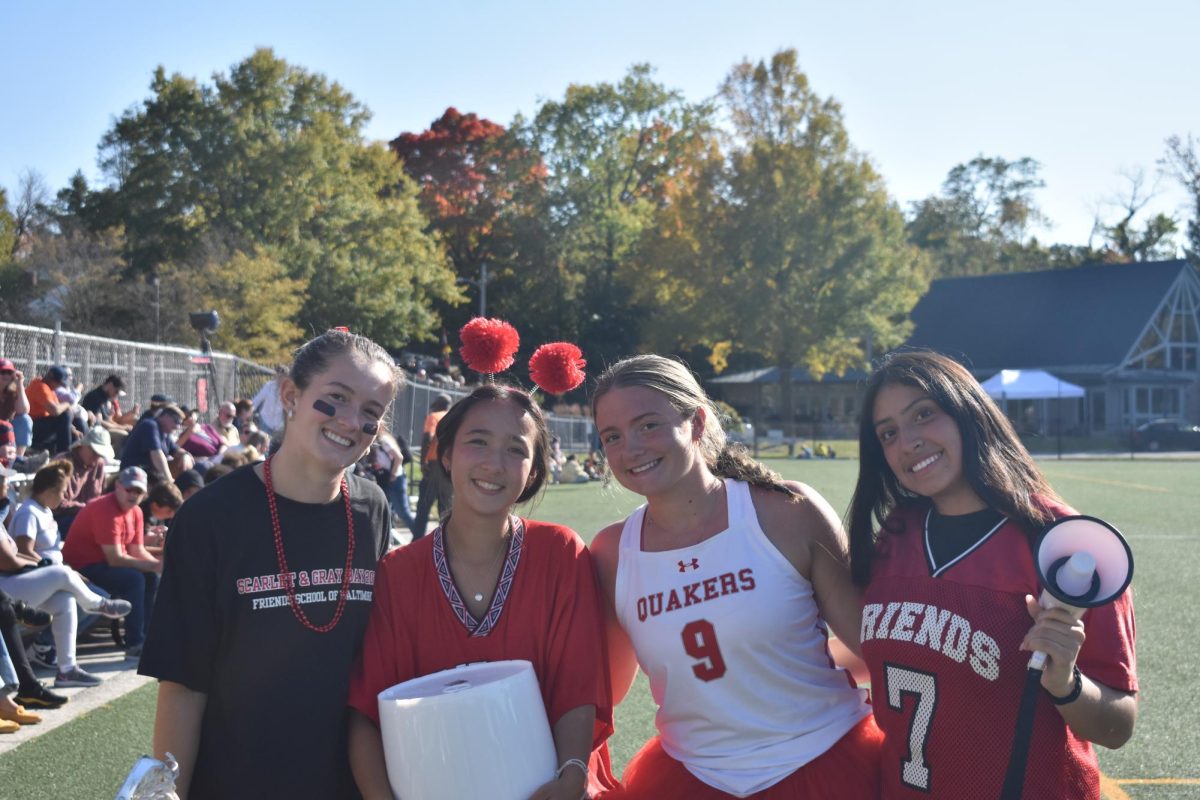
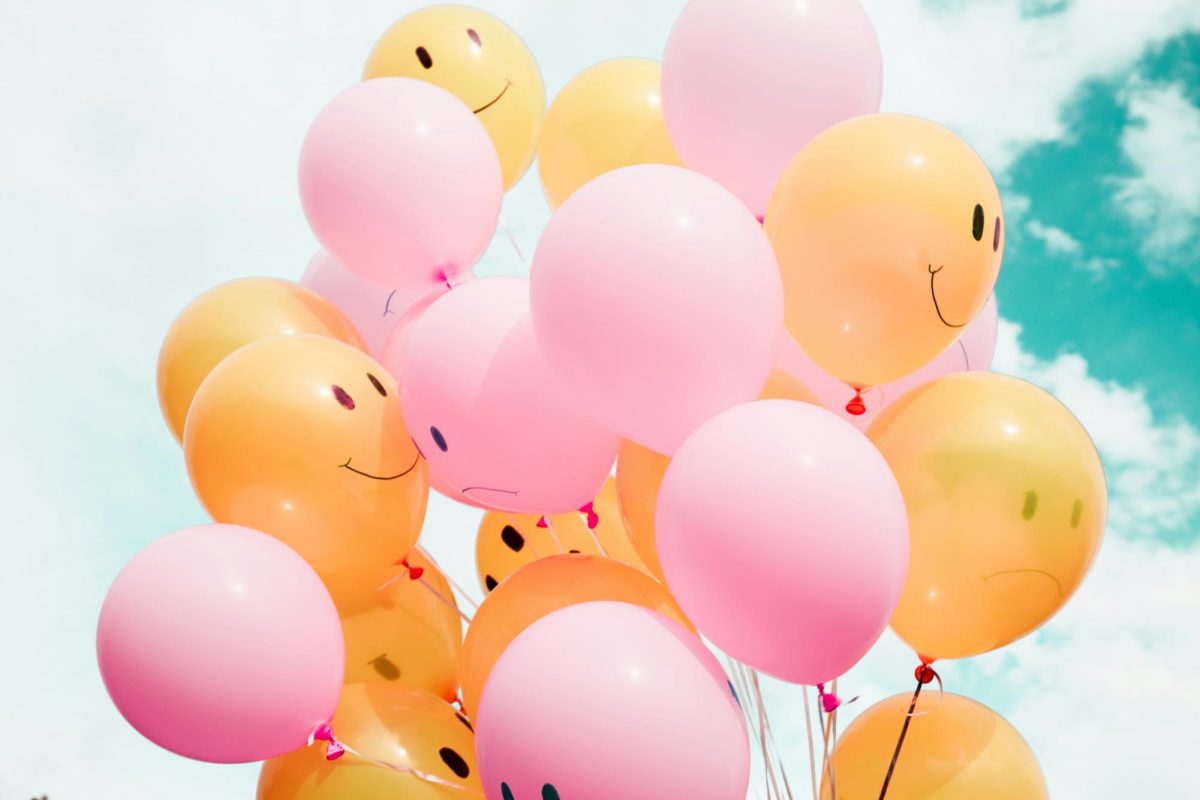

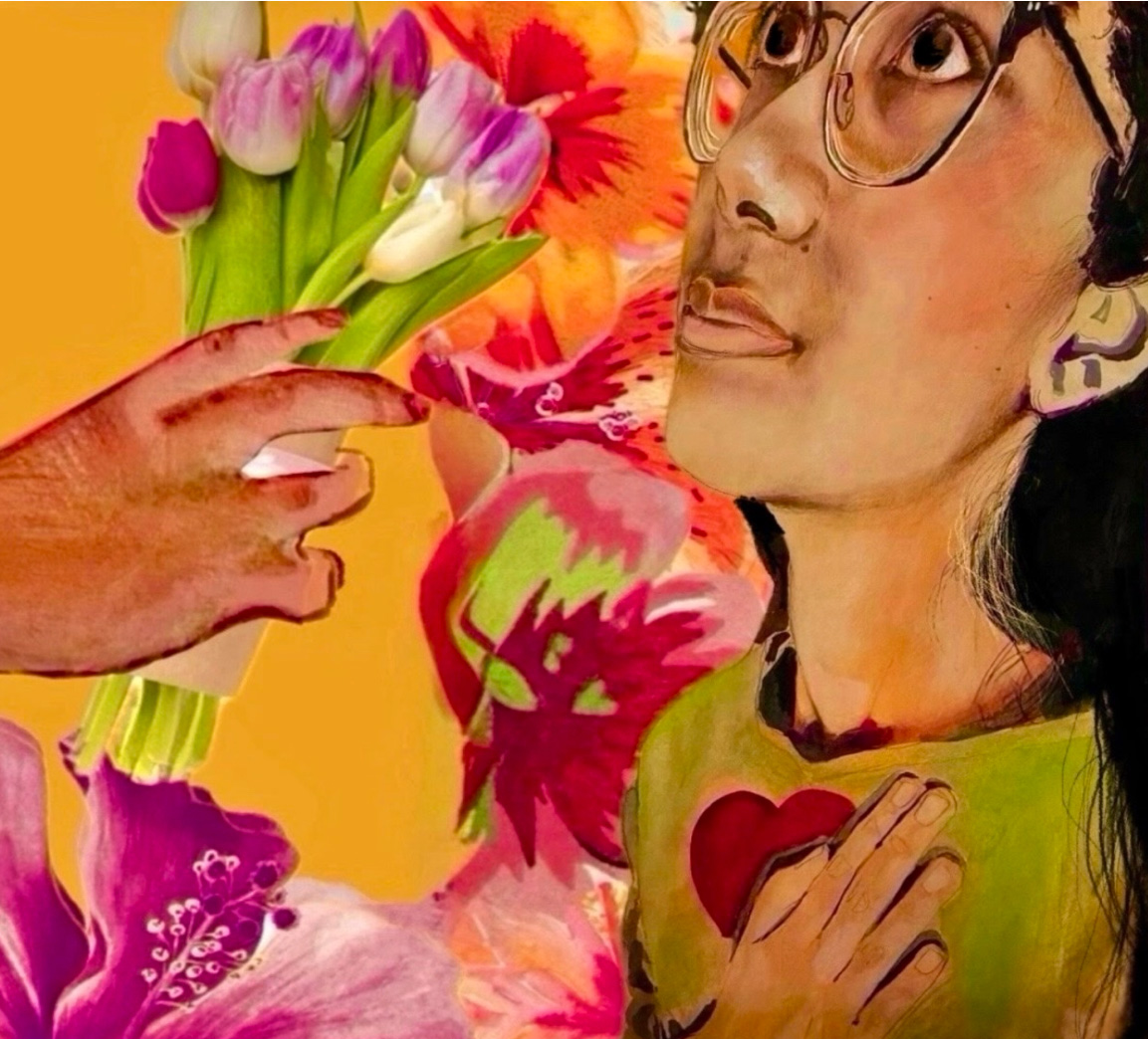

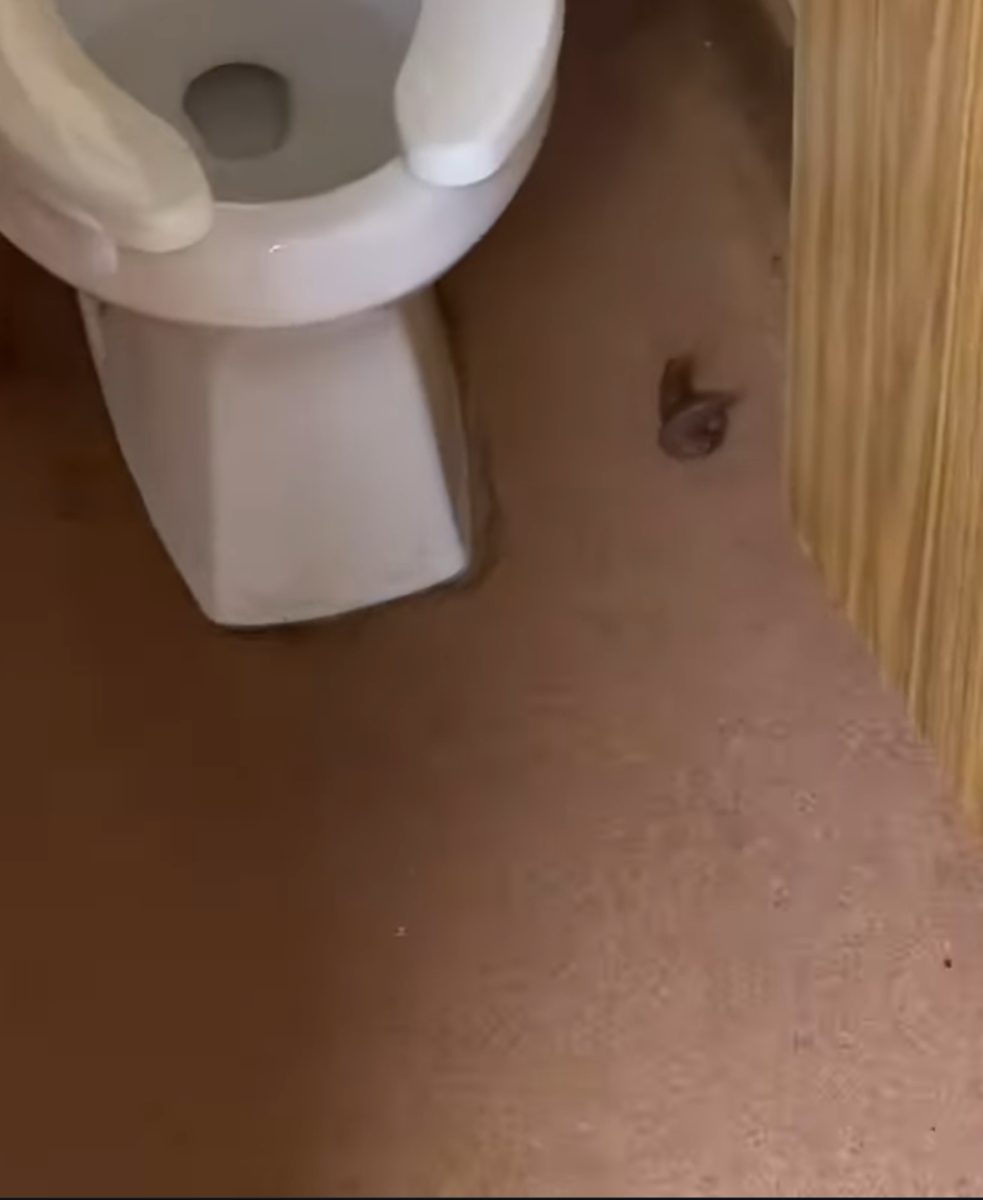
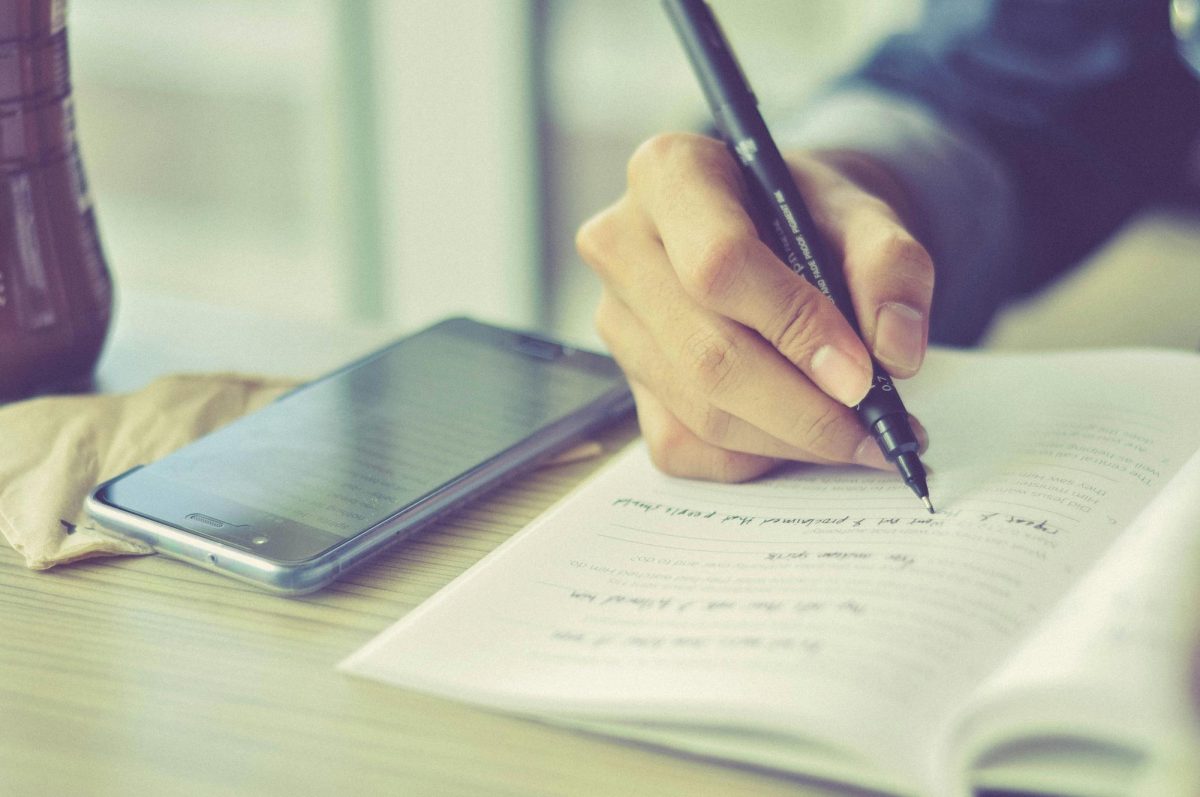
![A Phone Ban at Friends? [Podcast]](https://thequakerquill.org/wp-content/uploads/2025/05/magenta-VrRT19_ZjUY-unsplash-1200x900.jpg)
